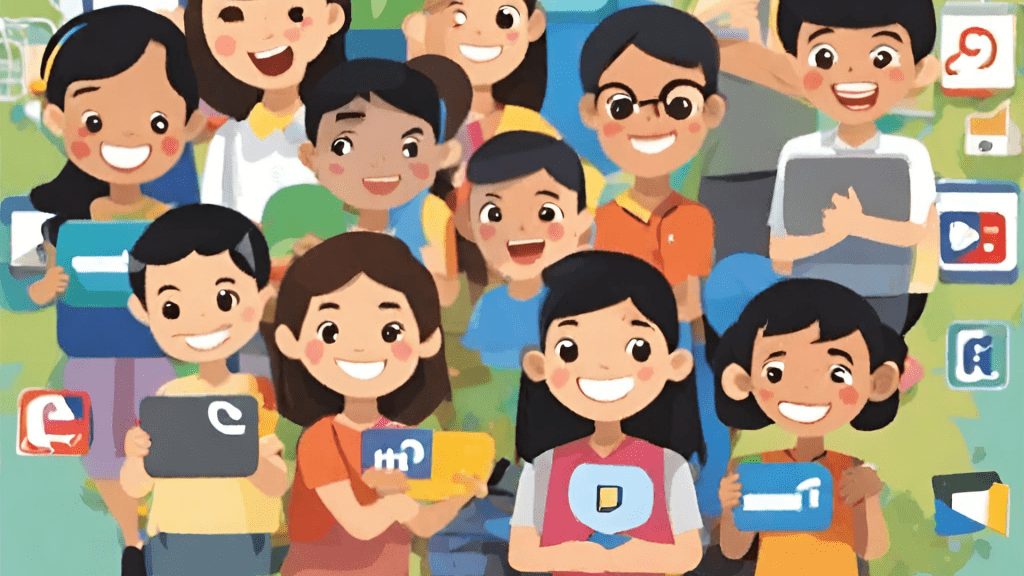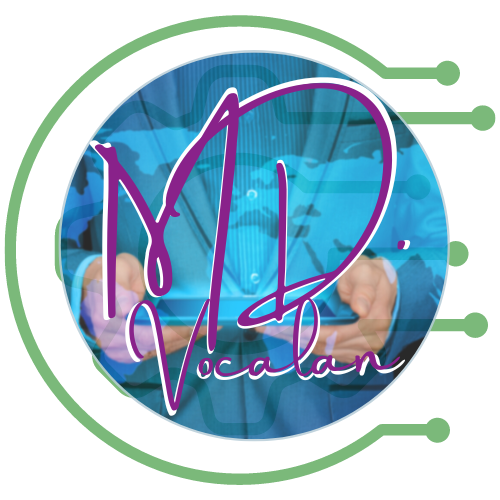Interactive Technology: Transforming Learning Approaches
Amidst the Filipino educational landscape, a revolution is underway, Embracing Social – Media and Trends Integration, thus reshaping the learning journey. Students in rural schools are immersed in engaging educational gaming applications, navigating coding basics to encourage problem-solving and computational thinking, and cultivating a more enjoyable and accessible learning environment. Concurrently, a collaborative platform blossoms through social media integration, enabling students from diverse provinces to co-create digital content, showcasing the unifying power of digital collaboration and engagement with contemporary trends.

Collaborative Learning: Cultivating Digital Communities
A platform for collaborative learning emerges through the strategic integration of social media channels. Students from various provinces come together virtually, co-creating a digital magazine using online collaboration tools. Despite geographical distances, their collective contributions in articles, artwork, and insights foster teamwork and connectivity, showcasing the unifying power of digital collaboration.
Trend Adaptation: Engaging with Modern Learning Styles
Across the country, innovative educators harness viral challenges on social media platforms to impart storytelling techniques. Popular trends such as storytime threads on Twitter or viral storytelling on Instagram Reels captivate students’ attention and enhance their narrative skills. By adapting teaching methods to align with these modern trends, educators effectively engage students and make learning content more relatable.
Diverse Perspectives: Broadening Educational Horizons
Students explore a myriad of global cultures through virtual exchange programs on social media platforms. Engaging with peers from diverse backgrounds, they exchange experiences, traditions, and ideas, fostering a deeper understanding of cultural diversity. This exposure not only broadens their horizons but also nurtures critical thinking by encouraging the examination of different perspectives.
Curating Reliable Content: Fostering Digital Literacy
Educators nationwide curate dedicated online libraries housing verified educational content. They guide students to navigate credible online resources, instilling a strong sense of information literacy. This practice equips children with the ability to discern reliable information within the vast digital landscape, ensuring they become proficient digital consumers.
Encouraging Responsible Digital Citizenship: Instilling Ethical Practices
Classroom settings feature integral discussions on digital citizenship norms, where teachers facilitate conversations about online behavior and ethical social media usage. Through these discussions, students cultivate a sense of responsibility and ethics in their digital interactions, promoting a safer and more respectful online environment.
Monitoring Engagement: Tailoring Learning Experiences
Educators across various educational institutions closely monitor students’ interactions with digital learning platforms. Engagement data analysis yields insights into individual learning preferences, allowing for the tailoring of personalized learning experiences. This approach caters to diverse student needs and preferences, enhancing the effectiveness of the educational journey.
In conclusion, the integration of social media and contemporary trends into Filipino education signifies a remarkable shift toward innovative learning. This thoughtful integration empowers Filipino children with the adaptable skills necessary for success in an increasingly interconnected and digital-centric world.
